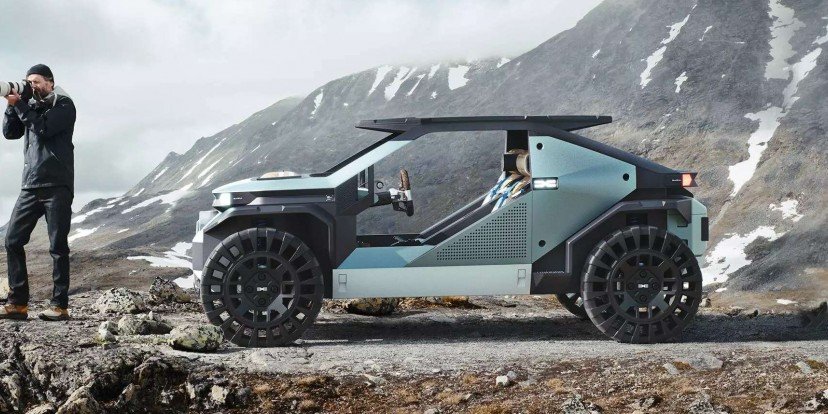Dacia is considering the viability of a diminutive, bare-bones city car in the vein of the Citroën Ami, in a bid to tap into the rapidly growing shared urban mobility market.
The Romanian brand is currently expanding its market footprint outside of its core B-segment offering, with the Bigster and two other C-segment cars due in the coming years and the A-segment Spring already established as one of Europe’s most popular electric cars, but the potential to reach downwards into the tiny urban EV market remains, as design chief David Durand revealed to Autocar.
While he questioned whether cars have a place in the most congested urban environments – “why do you need a car in the centre of the city?” – he acknowledged that public transport does not work for everyone and bicycles are not a suits-all mobility solution. “Two wheels, for many people, is dangerous,” he said
Durand admitted to being a fan of the Citroën Ami’s approach to catering to city drivers, and when asked if Dacia could launch a rival product, he said: “We are considering everything.”
Dacia’s essentials-only ethos would seem to stand it in good stead to capture a share of this cheapest of car segments. The Ami is one of Europe’s cheapest and lightest EVs (it is technically a quadricycle, rather than a car) and goes without costly, heavy equipment such as air conditioning, an infotainment system, advanced driver aids and power steering.
Dacia would no doubt follow a similar path if it entered the quadricycle market, and last year’s Manifesto off-road buggy concept gave clues as to how it plans to combine utility with affordability in future models, – most realistically with its phone-based infotainment system, washable upholstery, easily replaceable body panels and single headlight cluster.
Each of Dacia’s upcoming products is based on a derivative of parent company Renault’s CMF-B architecture, save for the Spring, which is based on the smaller, electric-only CMF-AEV platform.
It is unclear whether this platform can be shrunk yet further to provide a base for a true ‘sub-A0’ city EV, but notably Renault’s newly hived-off mobility brand, Mobilize, recently revealed the Twizy-esque Duo as a no-frills EV designed for car-sharing schemes, and this would seem a logical base for any Dacia equivalent.
Durand is convinced that European governments should do more to incentivise the purchase of tiny electric cars in this vein. Pointing to Japan’s ‘kei car’ classifications as an example of how regulation can drive uptake of more space-efficient cars – by offering tax, insurance and parking benefits to vehicles below a certain size – he suggested Dacia would only enter this market if the legislative conditions were right.
“The regulation doesn’t exist yet. There is nothing pushing customers to buy a car under the Spring,” he said.
Meanwhile, the brand’s sales and marketing boss, Xavier Martinet, suggested that Dacia will not seek to expand its line-up with the aim of providing a competitor in every segment: “We have to know when to stop. We should not be getting to 15 vehicles. It's not who we are. We should keep this disciplined, limited proposition.”

